Without it, chewing would be impossible: That Temporomandibular joint connects the temporal bone with the lower jaw. Disturbances often not only result in pain, but also movement is usually restricted. A doctor should be consulted quickly so that the complaints do not impair the quality of life of the person affected.
What is the TMJ
In addition to muscles, the joints are also responsible for the mobility of limbs and other parts of the body. These connect two bones with each other and differentiate into different subtypes. In which Temporomandibular joint it is a swivel and sliding joint. The lower jaw is connected to the skull. The joint makes it possible for the parts to coordinate their functions with one another. Muscles are also necessary so that the opening and closing of the mouth can be realized.
The temporomandibular joint can fulfill its tasks in the interaction between the joint and the muscles. Food intake and chopping up the food are central. Diseases or disorders in the region of the temporomandibular joint often result in pain. The jaw joint has a complex structure. If symptoms arise, diagnosis can be time-consuming. This is another reason why it is important to have existing pain clarified within a short time window.
Anatomy & structure
The temporomandibular joint is in direct connection with the rest of the skull. The socket of the joint lies in front of the ear canal. It is connected to the temporal bone and is bordered by a bone. In contrast to the socket, there is the button of the jaw. This is a bone process of the lower jaw. So that the function is guaranteed, the joint socket accommodates the joint head.
These are also separated from each other by a cartilage. The cartilage disc differentiates the joint into two chambers: an upper chamber and a lower one. Joint surfaces and joint pits also have a thin layer of cartilage. This is responsible for ensuring that the joint can move smoothly. If it didn't exist, the pain would be severe. A thick synovial fluid is also produced for optimal gliding. In addition, the entire joint is located in a joint capsule. It can be easily felt by placing the fingers just before the beginning of the ear. As soon as the mouth opens and closes, the joint protrudes minimally and can thus be perceived from the outside.
Function & tasks
The temporomandibular joints represent the connection between the upper and lower jaw. They already play an important role in everyday life. You are responsible for ensuring that people manage to speak and swallow. Ingested food can be crushed with the movements of the temporomandibular joint.Only in this way is it even possible to eat larger meals or bite off an apple.
So that the function of the temporomandibular joint is guaranteed, all elements must be coordinated with one another and take on their different tasks. The temporomandibular joint is primarily about the socket, joint bodies and the muscles. The complex interaction of the individual parts enables different movements of the entire lower jaw. In certain situations, saggital translation can occur when the lower jaw is pushed forward.
As soon as the lower jaw is pushed in this direction, both articular processes emerge from the joint pit. At the same time, the lower jaw can be pushed to both sides. With such a movement, one articular process is in the joint path, while the other remains in the joint pit and is responsible for the actual rotational movement there. When the mouth is opened, it is referred to as a transverse rotation.
Both articular processes do not leave the joint fossa. Only when the mouth is moved beyond a certain degree and opened is it possible for the condyles to leave the joint pit. In such a case, they wander along the articulated path. The temporomandibular joint is considered to be the most complex in the human body. It is responsible for a variety of tasks.
You can find your medication here
➔ Toothache medicationIllnesses & ailments
The importance of the temporomandibular joint is often forgotten in everyday life. It is only when symptoms arise and function is restricted in the course of the disease that many people notice the different disciplines in which the joint plays a role. Different causes can be responsible for the complaints. The temporomandibular joint is designed in such a way that when both rows of teeth lie on top of each other, the joint heads should be in the joint socket.
If this is not the case due to a misalignment, the joint tries to compensate for the individual circumstances. In most cases, this results in pain in the jaw area. Different conditions can be to blame for the one-sided burden. In the event of an uneven tooth position or individual teeth that are longer than the rest, the upper and lower jaws can no longer optimally lie on top of one another.
As with any joint, the temporomandibular joint cannot absolve itself of arthritic inflammation. Osteoarthritis can also occur. This is joint wear. The protective cartilage wears away, causing the articular surfaces to rub against each other. Osteoarthritis is usually associated with severe pain. In addition to inflammatory diseases and misalignments, patients are reporting more and more temporomandibular joint cracks.
This can be due to a displacement of the inter-cartilage disc or a cover bite. In the case of a cover bite, the front teeth are steeply above the lower row of teeth, the freedom of movement of the temporomandibular joint is restricted and in some situations a cracking occurs in the joint. As soon as the head of the jaw leaves the socket, the jaw locks. The mouth can no longer be closed.

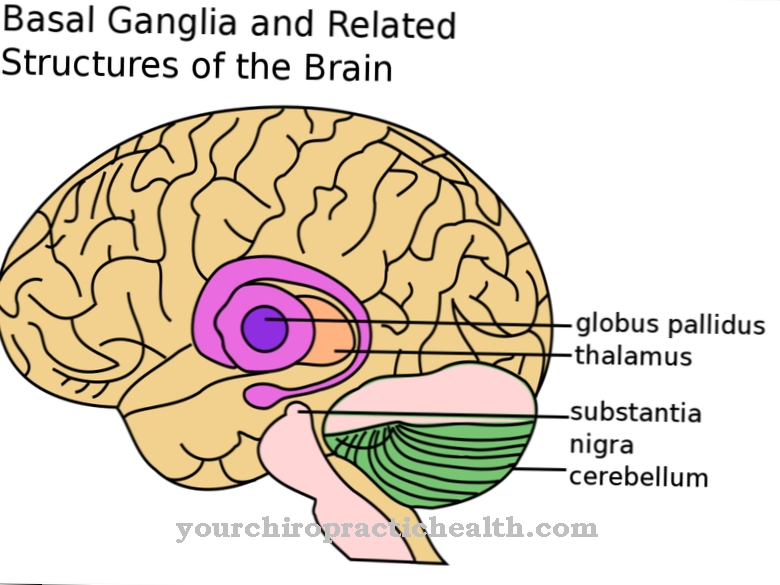

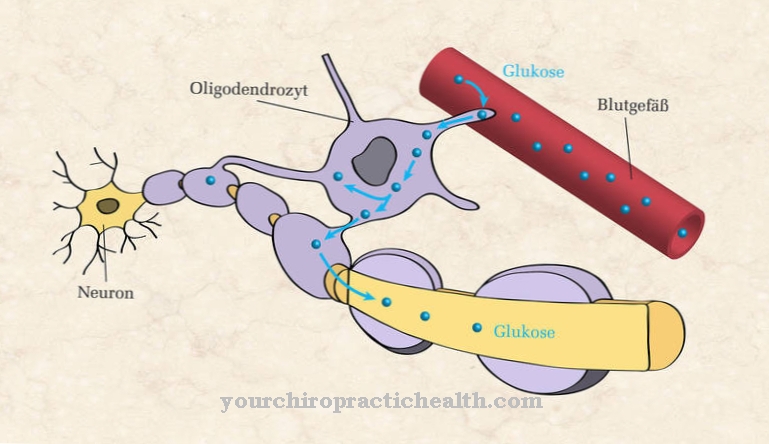
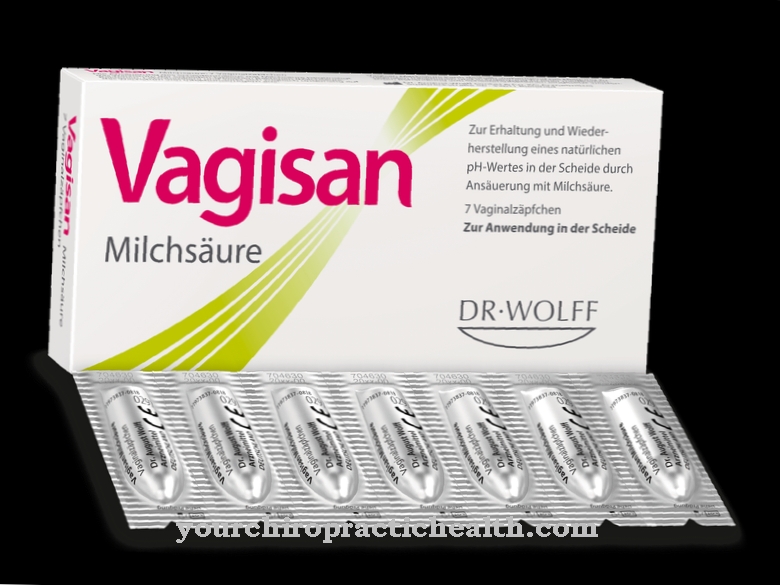
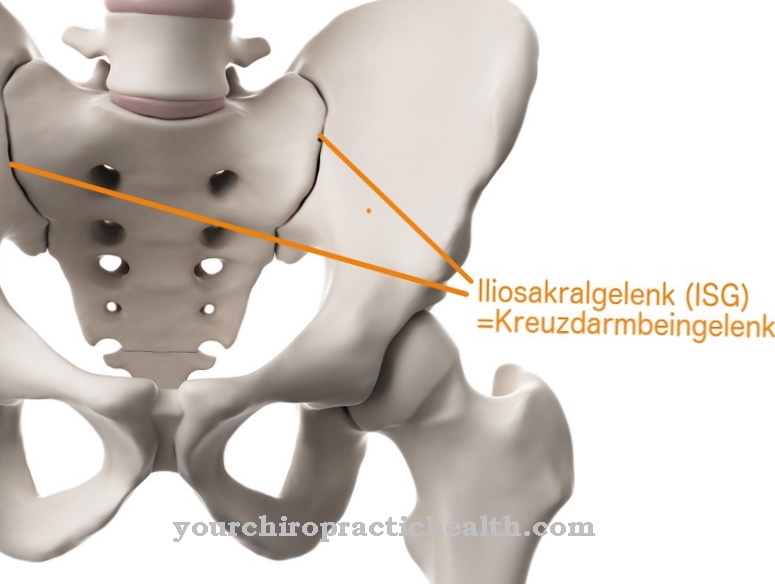
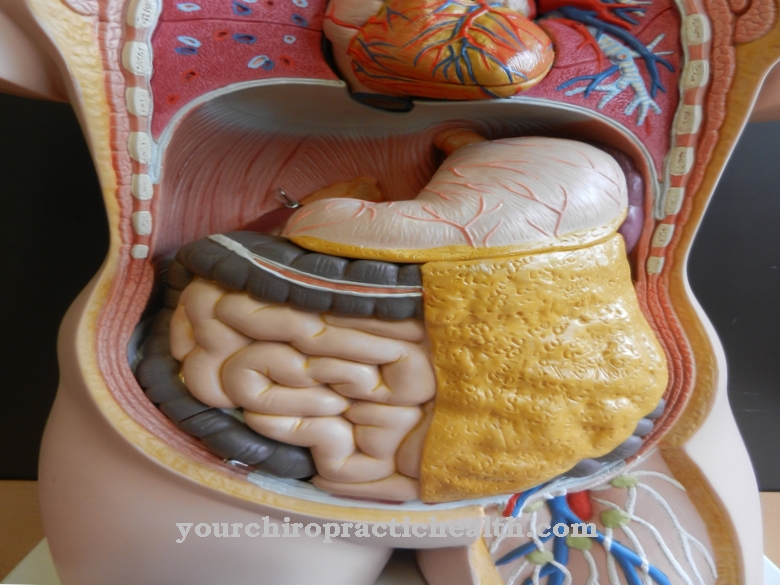






.jpg)

.jpg)
.jpg)











.jpg)